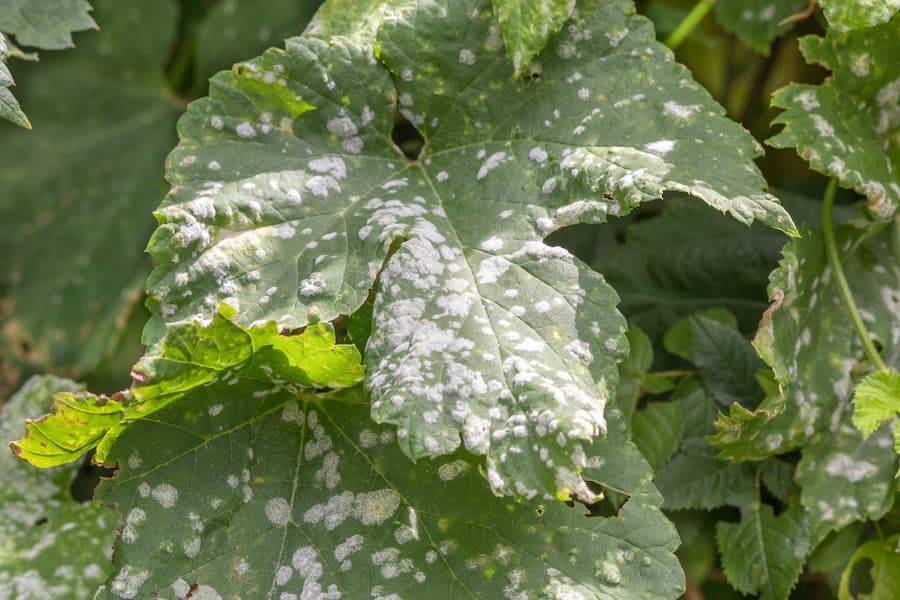This Article Includes: Understanding Powdery Mildew on Crepe Myrtles, Identifying Powdery Mildew on Crepe Myrtles, Treating Powdery Mildew on Crepe Myrtles, and Preventing Powdery Mildew on Crepe Myrtles
Introduction:
Crepe myrtles are beautiful flowering trees that add charm and color to gardens and landscapes. However, they are susceptible to various diseases, including powdery mildew. Powdery mildew appears as white or grayish-white spots on the leaves, giving them a powdery appearance. In this article, we will explore the causes, symptoms, and effective treatment options for powdery mildew on crepe myrtles.
Understanding Powdery Mildew on Crepe Myrtles:
Powdery mildew is a fungal disease that commonly affects crepe myrtles. It thrives in warm and humid conditions, making it prevalent in many regions. The fungus responsible for powdery mildew on crepe myrtles is Erysiphe lagerstroemiae. It spreads through airborne spores and can quickly infect nearby plants.
Identifying Powdery Mildew on Crepe Myrtles:
The most noticeable symptom of powdery mildew is the appearance of white or grayish-white spots on the leaves. These spots may start small but can grow and merge together, covering the entire leaf surface. As the disease progresses, the leaves may turn yellow and drop prematurely. In severe cases, powdery mildew can stunt the growth of crepe myrtles.
Treating Powdery Mildew on Crepe Myrtles:
To effectively treat powdery mildew on crepe myrtles, it is crucial to take prompt action. Here are some treatment options to consider:
- Pruning: Remove infected leaves and branches to prevent the spread of the fungus. Dispose of the pruned material away from the garden.
- Fungicides: Apply a fungicide specifically formulated to combat powdery mildew on crepe myrtles. Follow the instructions on the product label for proper application and dosage. Repeat the treatment as necessary, especially during periods of high humidity.
- Cultural Practices: Promote good air circulation around the crepe myrtle by spacing them adequately and avoiding overcrowding. Water the plants at the base to keep the foliage dry, as moisture encourages fungal growth. Additionally, avoid overhead watering and remove fallen leaves to reduce the chances of reinfection.
Preventing Powdery Mildew on Crepe Myrtles:
Prevention is always better than cure when it comes to powdery mildew. Here are some preventive measures to keep your crepe myrtles healthy:
- Choose Resistant Varieties: When selecting crepe myrtle cultivars, opt for those known to be resistant to powdery mildew. These varieties are less likely to develop the disease.
- Proper Planting: Plant crepe myrtles in well-drained soil and provide them with adequate sunlight. Healthy plants are more resistant to diseases.
- Regular Inspections: Regularly inspect your crepe myrtles for any signs of powdery mildew or other diseases. Early detection allows for timely treatment and prevents the spread of the fungus.
Conclusion:
Powdery mildew on crepe myrtles can be a nuisance, but with proper identification, treatment, and prevention, you can keep your trees healthy and vibrant. Remember to promptly address any signs of powdery mildew, utilize appropriate fungicides, and implement cultural practices to minimize the risk of infection. By taking these proactive measures, you can enjoy the beauty of your crepe myrtles without the worry of powdery mildew.

